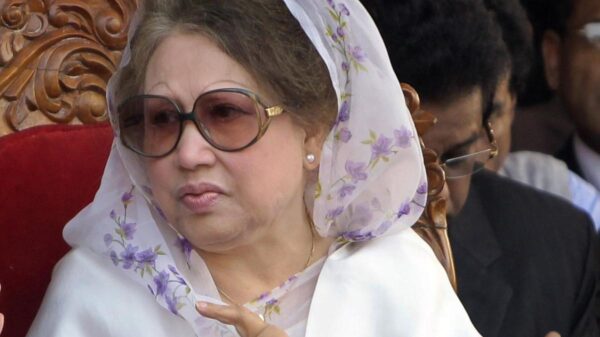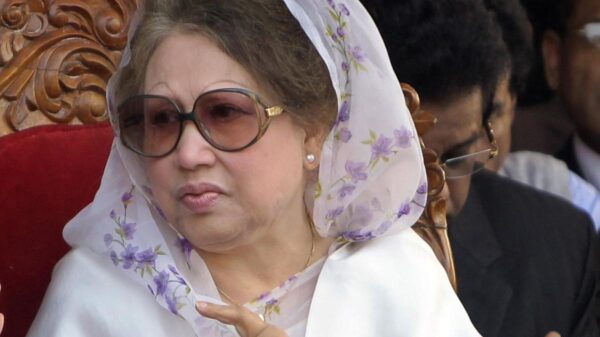The history of soccer jerseys is rich with tradition and meaning, intertwining with the identities of some of the sport’s most celebrated clubs. A recent feature by ESPN delves into how these jerseys have evolved over time, becoming symbols that represent not only teams but also their passionate fan bases.
The roots of modern soccer jerseys can be traced back to the late 19th century. Initially, clubs wore a variety of colors, often influenced by local schools or universities. Over the years, certain teams began to adopt distinctive colors and designs that would define their identities. For instance, Manchester United, established in 1878, is renowned for its striking red kit, which has become synonymous with the club’s storied legacy.
Transformation of Club Identities
The transformation of club identities through their jerseys is particularly evident in teams like Barcelona. Founded in 1899, Barcelona’s iconic blue and claret stripes not only reflect the club’s heritage but also its commitment to its motto, “Més que un club” (More than a club). These colors have become a source of pride for fans, representing the club’s values and aspirations.
Another example is Juventus, the Italian giants known for their black and white stripes. This design has become a hallmark of the club since the early 20th century, symbolizing strength and unity. The jersey has seen various iterations, but the fundamental aesthetic has remained intact, further solidifying its place in soccer history.
National Teams and Global Symbols
National teams also play a significant role in the narrative of iconic jerseys. The Brazil National Team, for instance, is famous for its vibrant yellow kit, which became a symbol of the country’s soccer prowess after their first World Cup victory in 1958. The jersey reflects Brazil’s sunny climate and cultural vibrancy, making it one of the most recognizable in the world.
As clubs and nations evolve, so do their jerseys. Modern advancements in fabric technology and design have allowed for increased personalization and innovation. Teams now frequently update their kits to reflect contemporary trends while maintaining their historical roots. This balancing act is crucial, as fans often feel a deep emotional connection to the jerseys worn by their teams.
The significance of these jerseys extends beyond mere aesthetics. They serve as a canvas for club history, embodying victories, legendary players, and unforgettable moments. As fans don their jerseys, they carry with them the stories and traditions that have been woven into the fabric of the game.
In conclusion, the history of soccer jerseys is a fascinating journey that highlights how colors and designs have become intertwined with the identities of clubs and nations. From the early days of mismatched attire to today’s sophisticated designs, these jerseys are much more than clothing; they are symbols of pride, passion, and history in the world of soccer.






























































